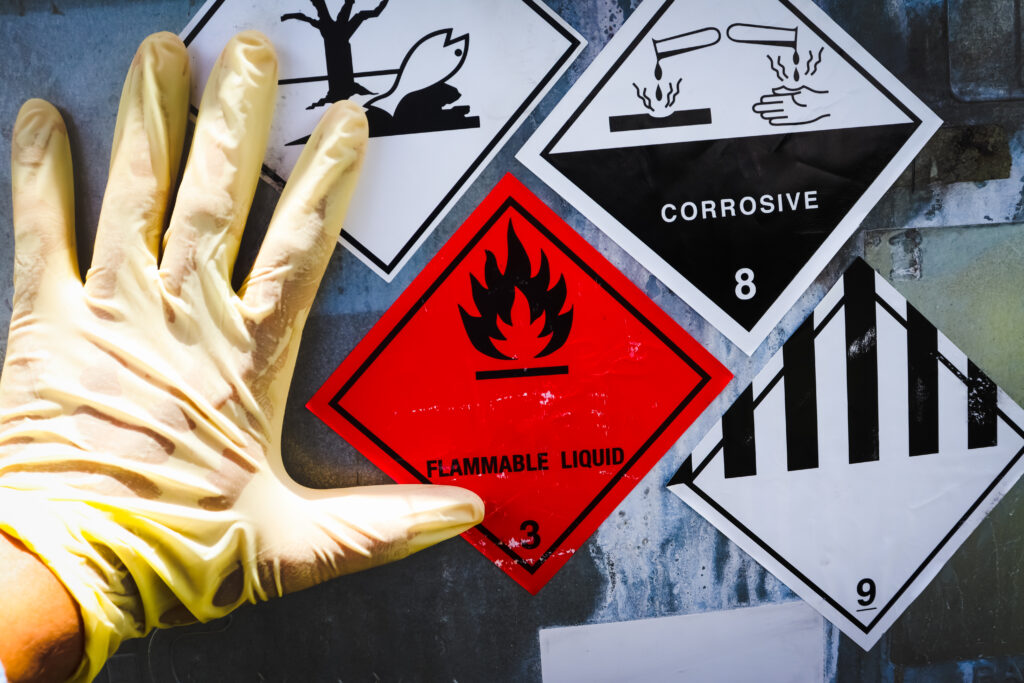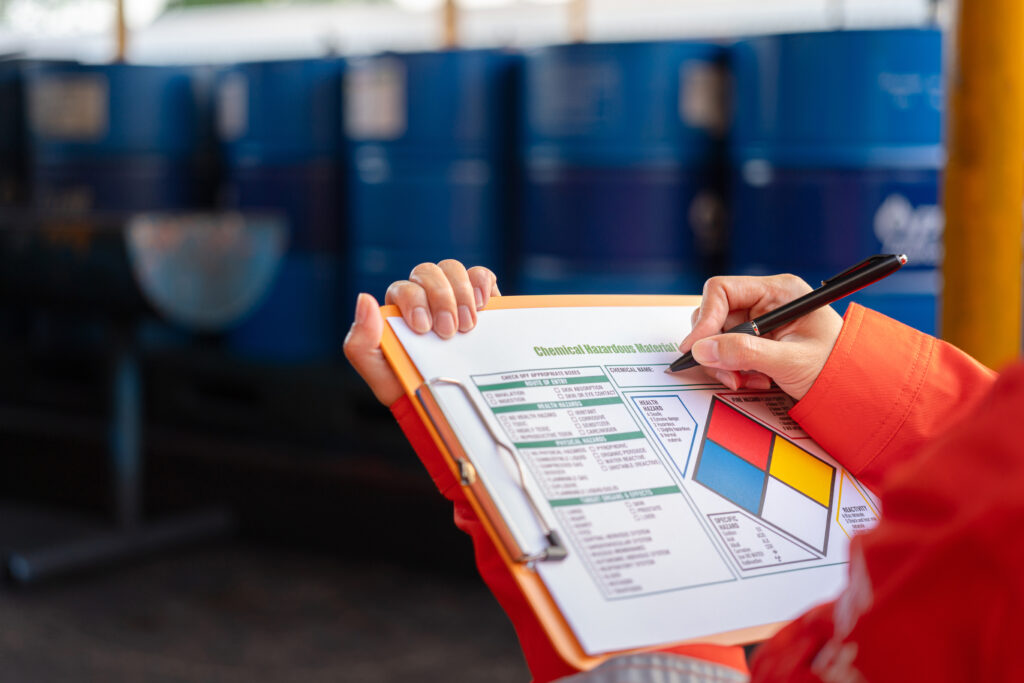
Keeping current on WHMIS
By Canadian Centre for Occupational Health and Safety
Health & SafetyIf you work with hazardous products, you should know that Canada’s Workplace Hazardous Materials Information System (WHMIS) was updated earlier this year.

Photo: Kittisak Kaewchalun /iStock / Getty Images Plus/Getty Images
Canada amended its Hazardous Product Regulations (HPR) to align with the seventh revised edition and certain provisions of the eighty edition of the Globally Harmonized System of Classification and Labelling of Chemicals (GHS). These amendments introduce key changes to WHMIS that employers, workers, and suppliers need to know. What hasn’t changed is the requirement to train workers on WHMIS, so they have the knowledge to protect themselves and others from hazardous products in the workplace.
Summary of changes
As further updates are expected over time, WHMIS 2015 is now referred to as WHMIS, and versions of the Hazardous Products Regulations will be referred to using the terms “former” and “amended”.
For most workplaces, the more noticeable change from WHMIS 2015 to the amended WHMIS is the adoption of a new physical hazard class (chemicals under pressure), the adoption of a non-flammable aerosols hazard category (aerosol – category 3, non-flammable aerosol), and new subcategories for flammable gases. A full breakdown of the changes and a comparison with WHMIS 2015 is outlined in the amendments to the Hazardous Products Regulations on the Health Canada web site.
There are also changes to the information elements required on safety data sheets, primarily a change to some of the required elements in the physical and chemical properties in section nine. New or more specific elements were introduced, including physical state, colour, particle characteristics, kinematic viscosity, and relative vapour density. Some elements were removed, including odour threshold and evaporation rate. A safety data sheet can still provide these elements as additional information if the additional information is not false or misleading.
Another amendment specifies that all hazardous ingredients that are present in a mixture at concentrations above the relevant cut-off levels must be disclosed, regardless of whether the hazardous ingredient contributes to the classification of the mixture as a hazardous product or not.

Photo: Thank you for your assistant/iStock / Getty Images Plus/Getty Images
Education and training
Employers in every industry that use, store, or handle hazardous products will need to update their education and training programs to help workers learn about and understand the changes to WHMIS. You will need to continue to provide training that is specific to workers’ jobs, your work site, and your workplace safety procedures.
Education and training must be provided to all workers who may be exposed to a hazardous product due to their work activities whether through normal use, maintenance activities, working near the hazardous products, or in emergencies, and workers who use, store, handle or dispose of a hazardous product. Supervisors and managers must also receive education and training, plus any workers who work nearby or are involved in emergency response.
Workers should understand any hazards related to products, how to protect themselves from those hazards, what to do in case of emergency, and where they can get further information.
Benefits
These amendments provide more comprehensive and detailed health and safety information on product labels and safety data sheets, which will provide better protection for workers. They also help Canada meet its international commitment under the Canada-United States Regulatory Co-operation Council Joint Forward Plan. Aligning with certain requirements of the revised editions of the GHS will also have significant trade benefits for suppliers by harmonizing label and safety data sheet requirements for hazardous products.
Three-year transition period
Suppliers have until December 14, 2025, to bring their safety data sheets and labels into compliance with the amended regulations. During the transition period, regulated parties can choose to comply with either the former HPR or the amended HPR. It’s important to note that the hazard classification, safety data sheet, and label of a hazardous product must be fully compliant with the version of the regulation chosen. This requirement means that for a product to be compliant with the amended WHMIS, both the safety data sheet and the label must meet the requirements of the amended WHMIS.
Consult your health and safety regulatory agency
Employer obligations for hazardous products are set in federal, provincial, and territorial occupational health and safety legislation. For information on how your jurisdiction is handling the transition period, and how you can update your health and safety procedures, contact the appropriate federal, provincial, or territorial occupational health and safety regulatory agency.
Informing workers about the amendments to WHMIS and how to work safely with hazardous products is essential to keeping them safe on the job. Through a proactive and ongoing commitment to training and education, employers and workers alike can help foster a safe working environment
for everyone.
